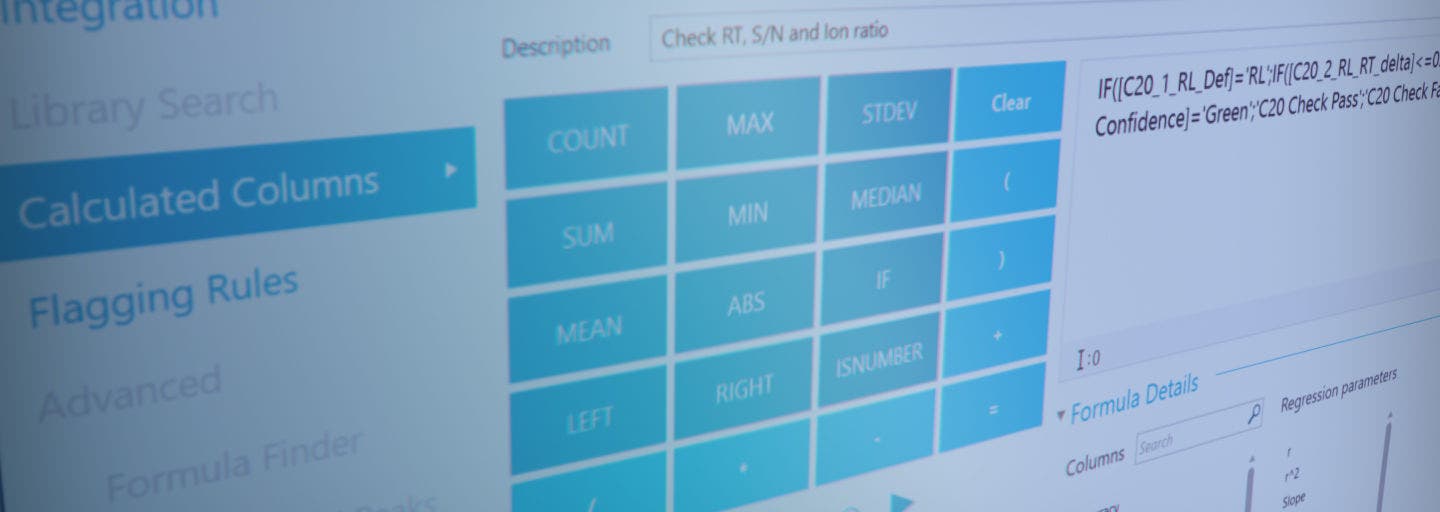SCIEX provides pre-assembled calculation packages ('canned calculations') for use with processing methods created in SCIEX OS software for several common application workflows. These calculation packages can be used with SCIEX OS software version 2.2 and higher (depending on the available features) and contain the custom calculations and flagging rules needed to process data for a commonly used application. Please note that while the custom calculation packages provide a plug-and play approach, the resulting custom columns in the results table require validation and interpretation after applying the calculations to a customized results table/quantitation method. Apply your experience and judgment interpreting method guidelines, when identifying the samples used for the calculations, when presenting the results and when linking different calculations.
Learn more about implementing pre-assembled calculations into your workflow by viewing these informational videos:
SANTE 11312-2021 and 12830-2020 regulations >
Requests to obtain the canned calculation packages can be made by opening a case with SCIEX Now and referencing the title of the package of interest.
